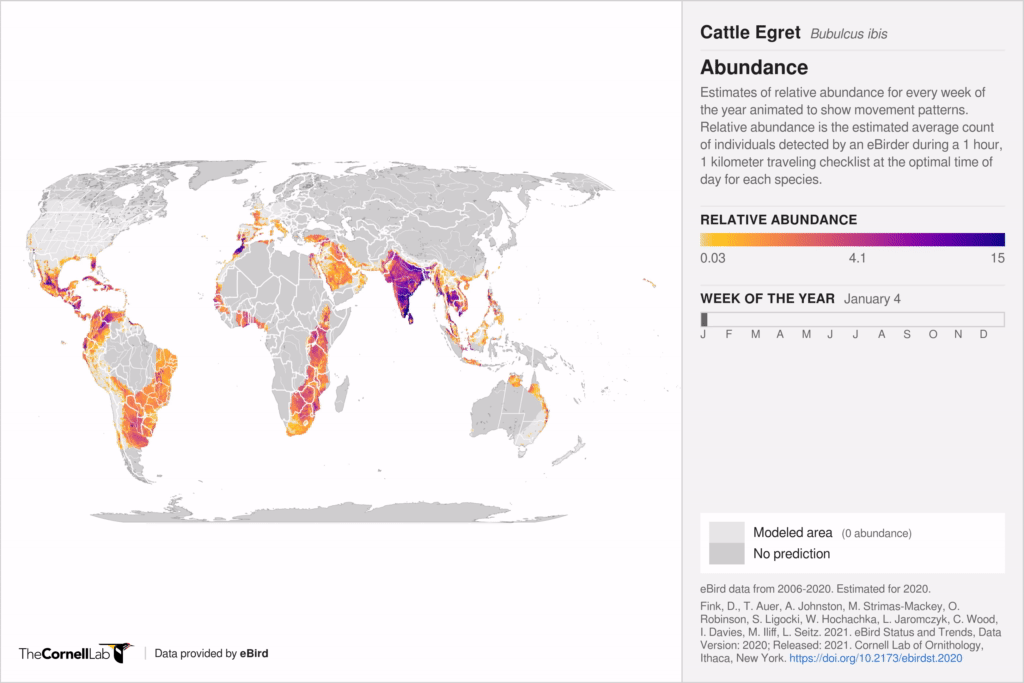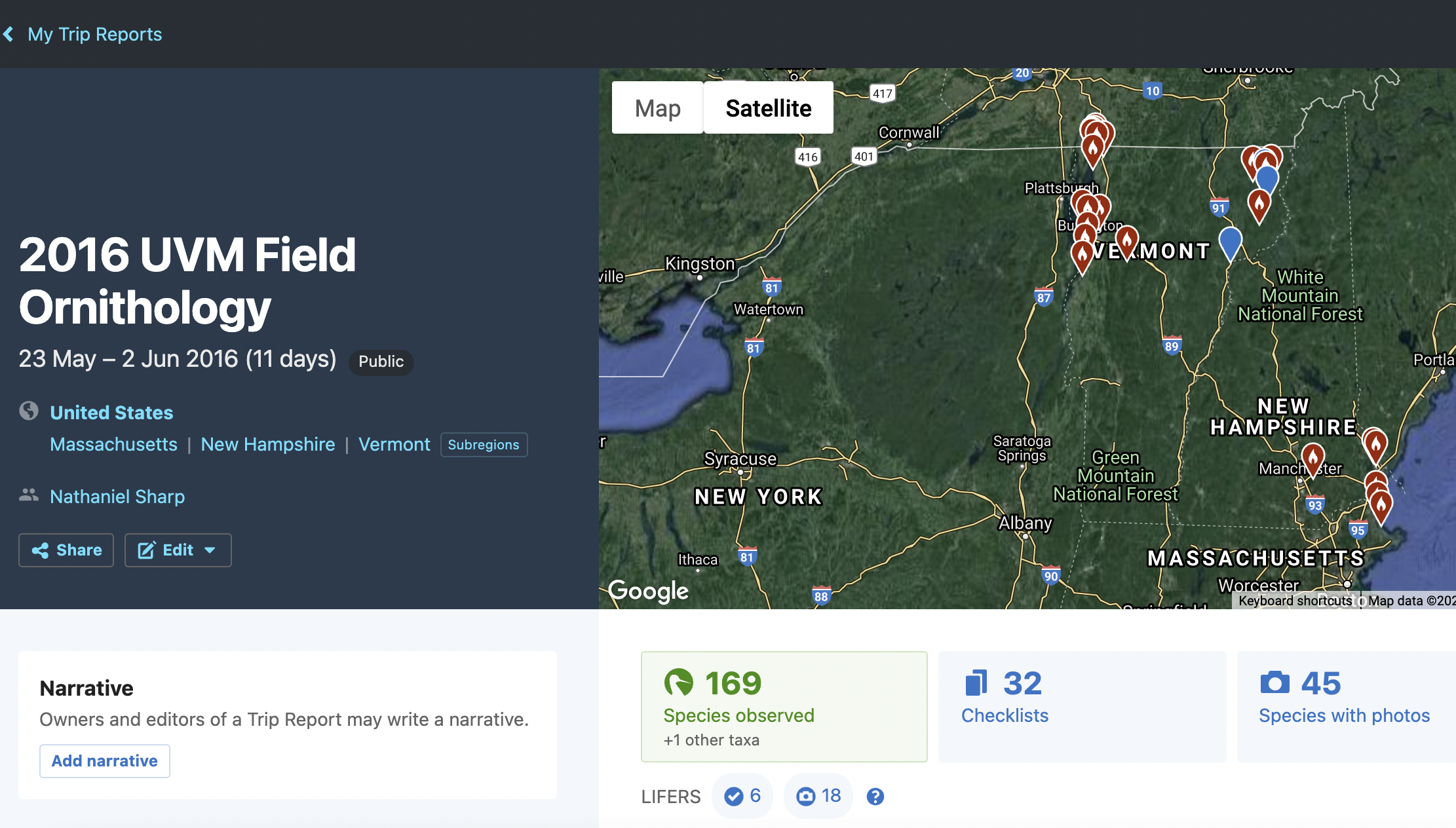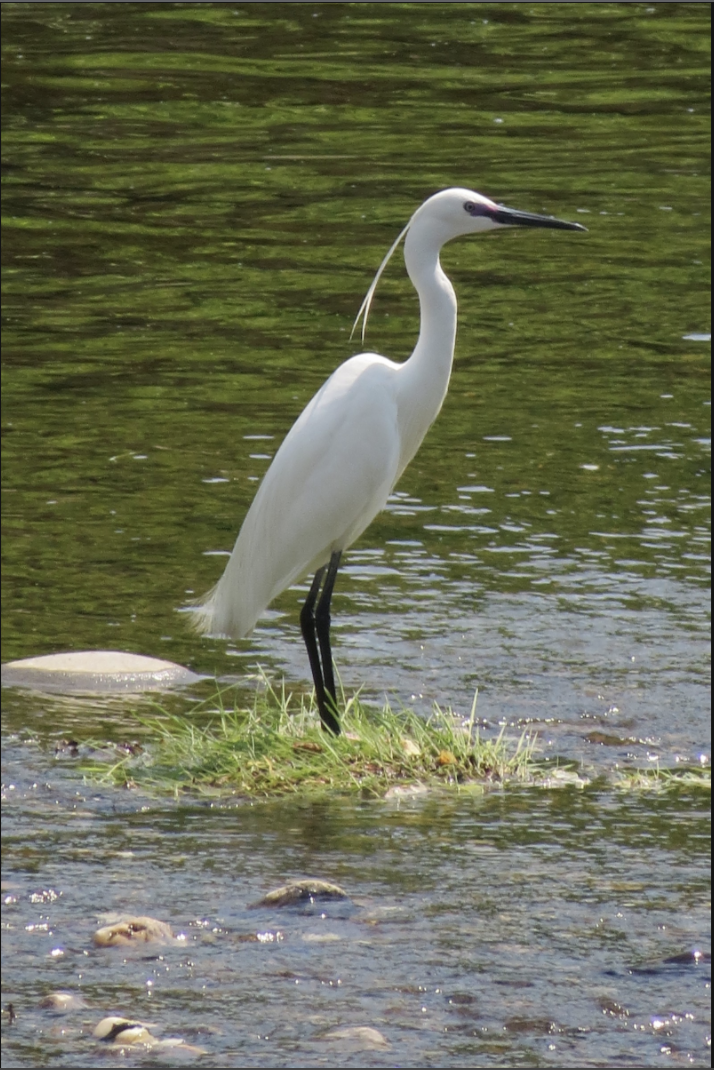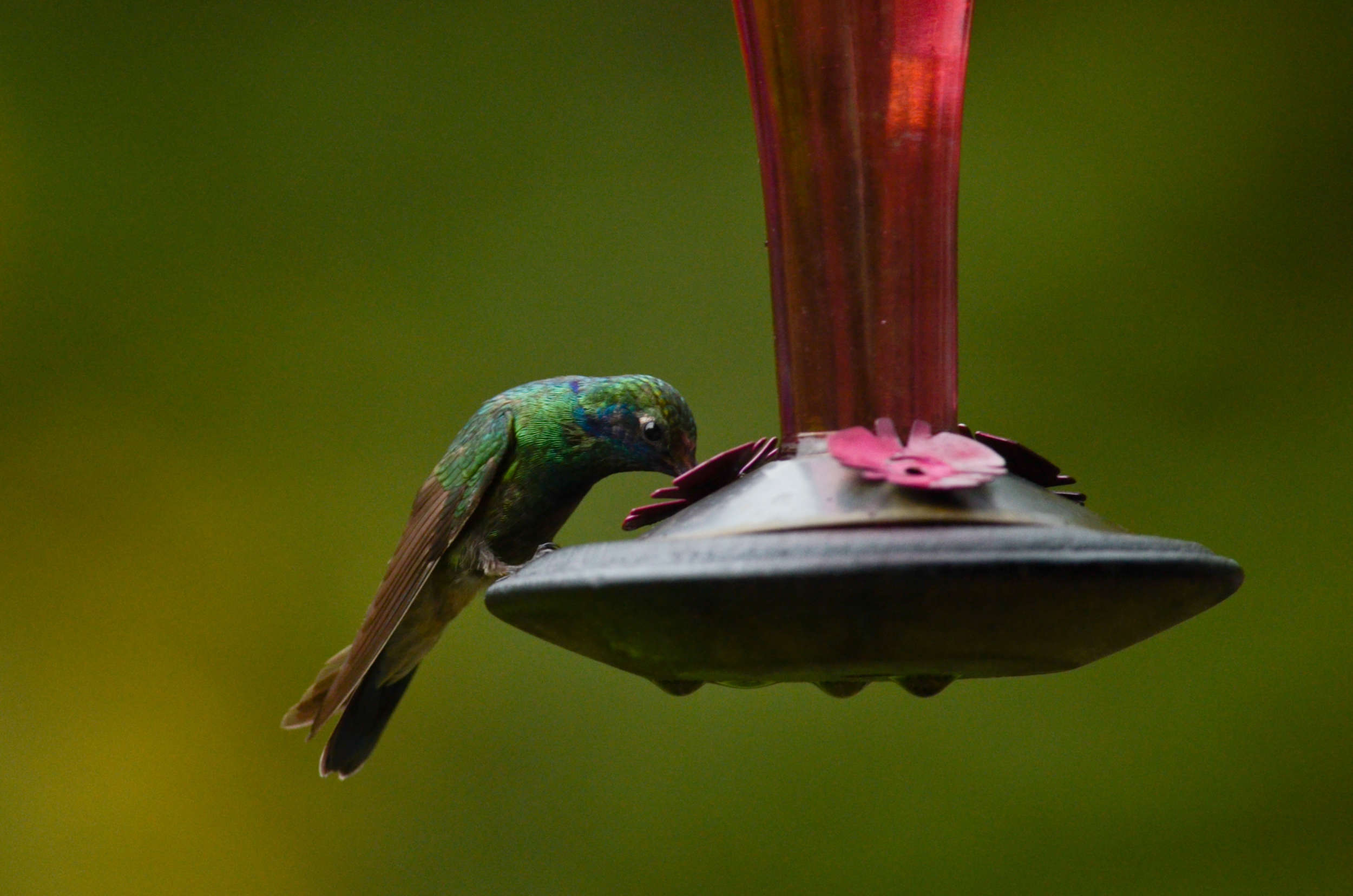Vermont Birders Rally During 11th Annual eBird County Quest
From the frigid mornings of the final Christmas Bird Counts of the 2020-2021 season to the discovery of Razorbills and Northern Gannets which briefly turned Lake Champlain into an Atlantic Ocean look-alike this past November, 2021 was a year full of birding surprises. Unsurprisingly, 2021 was also a year full of friendly competition during the 11th annual Vermont eBird County Quest. As always, this statewide birding effort produced mountains of invaluable data for science and conservation.
The annual year-long contest pits county versus county, birder against birder, all engaged in a friendly rivalry for top birding honors. The main idea behind the year-long Quest is simply to get people out birding, promote camaraderie, and better document bird life across the state using Vermont eBird.
2021 marked the 18th year for Vermont eBird, the first state or provincial portal for eBird. Bird watchers have shared an astounding number of checklists, making Vermont eBird (a project of the Vermont Atlas of Life) the largest community science biodiversity project in the state. In 2021 3,909 eBirders contributed 110,980 checklists, which mark 37% and 11% increases over last year’s totals.
Since 2003, more than 11,000 Vermont eBirders have submitted more than 500,000 complete checklists, representing all 390 species of birds ever reported from Vermont. We’ve added over 144,000 images, over 11,000 sound recordings, and 226 videos to Vermont checklists, creating an incredible open access resource for all.
It isn’t just about Vermont. More than 1.1 billion bird sightings have now been entered into eBird worldwide. This includes more than 192 million observations submitted this year. For the first time ever, each month this year saw a minimum of 1 million checklists submitted to eBird!
Science and Conservation
And, of course, eBird isn’t all just for fun. It’s for science and conservation, too. 2021 was a milestone year for eBird, delivering a new era of scientific and conservation applications, innovative new birding tools, and much more. As always, all of this is 100% free of charge to anyone who wishes to use it.
2021 featured an exciting update to eBird Status and Trends, which now provides state-of-the-art visualizations of movement, distribution, and abundance for 1,009 species across their entire global range,—all thanks to your eBird checklists. Explore eBird Status and Trends.
2021 also saw the introduction of the long awaited Trip Reports feature. Now birders can pool checklists from an exceptional birding day or multi-day birding trip into one place, where they can add a narrative for the event and share their excitement with friends.
Estimates of relative abundance for Cattle Egret for every week of the year animated to show movement patterns throughout its global range.
New eBird Trip Reports bring together your eBird checklists to tell birding stories. With exciting new features such as an eBird checklist location map and bulk checklist sharing.
Researchers published 140 peer-reviewed publications this year incorporating eBird data—more publications in a single year than ever before—bringing the total number of scientific publications using eBird data to over 550. In 2021, eBird powered multiple scientific advances from studying the potential benefits of reducing light pollution and improving air quality for birds to novel applications for reducing bird-airplane collisions and estimating Bald Eagle populations. Scientists also turned to eBird to study how COVID lockdowns may have altered bird behavior and changed human behavior.
Green Mountain eBirders Put Up Huge Numbers in 2021
With nearly 4,000 Vermont eBirders recording 285 bird species in 2021, there’s no doubt it was a record year for birders and eBird alike. For such a tiny, landlocked state, VT put up some pretty solid numbers, with the 30th most eBirders and 27th most checklists of any state in 2021. Perhaps even more impressive, and surely indicative of Vermont’s phenomenal birding community, VT ranked 1st in number of checklists submitted per capita and 2nd in eBirders per capita, falling just behind Wyoming in the latter category.
The 11th Annual Vermont eBird County Quest Champions
With 36 birds over par, Orange County had an amazing birding year and blew the competition away. Congratulations to all the birders who helped the county claim the 2021 Quest Cup. Chittenden county, the perennial ‘birdiest’ county in Vermont placed second with 30.5 birds over par.
The County Cup award is based on a carefully calculated “par” system, recognizing that not all Vermont counties are created equal in terms of avian diversity. Par scores reflect the number of species that a given county should find in a year with consistent birding effort. Each year a particular county wins, five birds are added to their par.
Rich in birders and species, Chittenden County continued its reign with the highest number of bird species found (260), setting a new record. Their perennial rival, Addison County, just missed the mark and was second with 251 species.
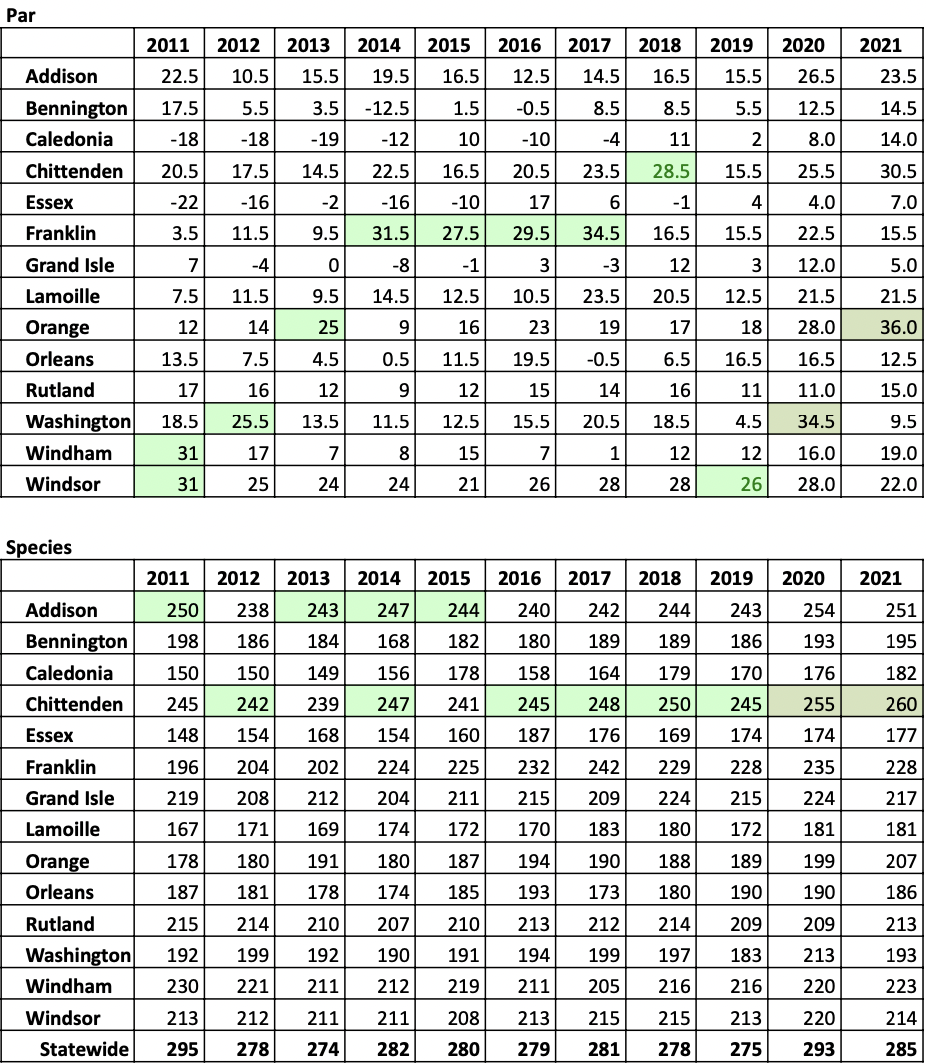
Individual County Winners
These titles are awarded to the birders with the most checklists for each county and to the birders with the highest species count for each county. No par or weighting necessary for this one!
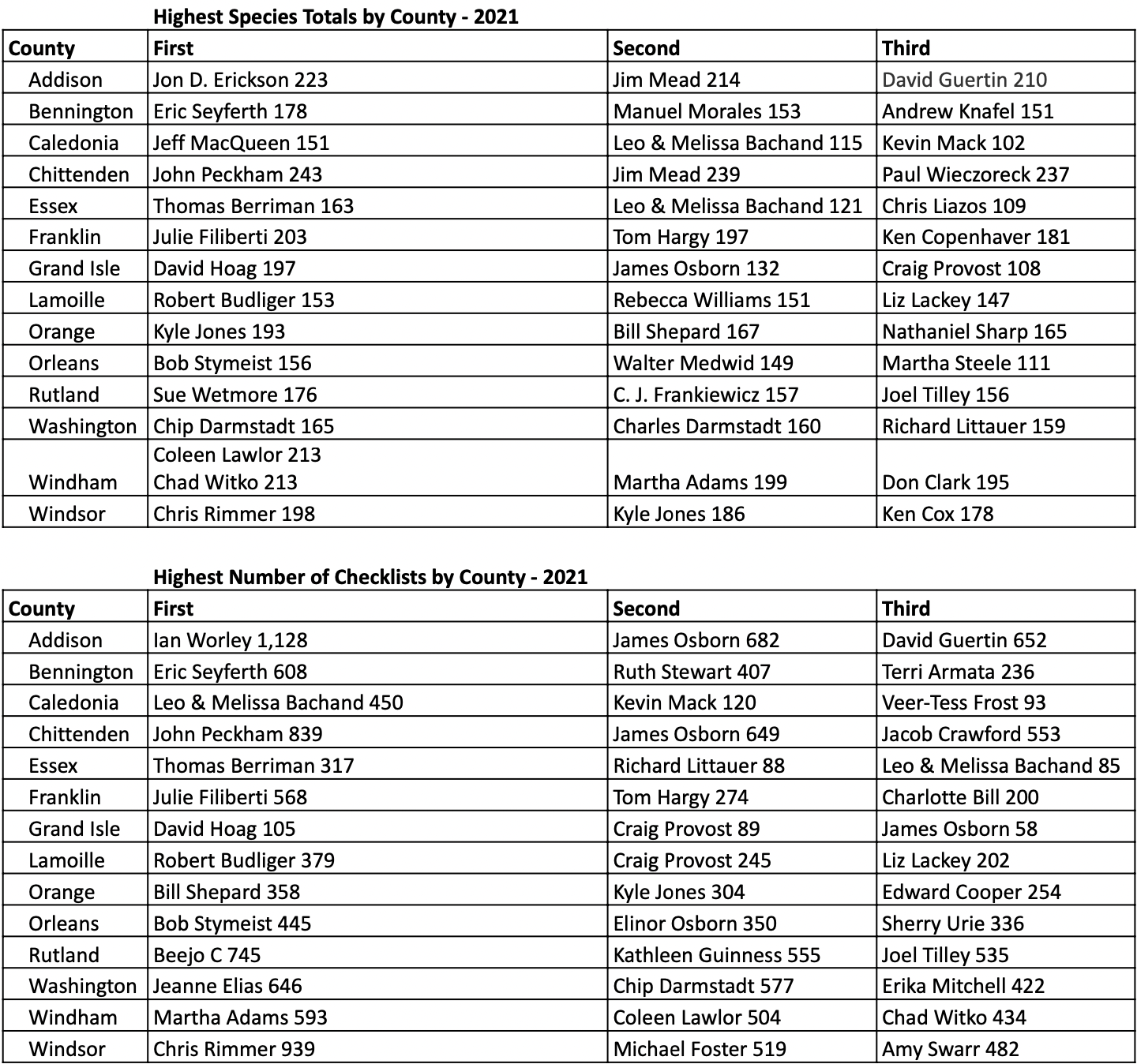
Visit the Vermont eBird Top 100 list to get a full tally of Checklist and Species List Champions for any year. Simply select the county and year you are interested and see where you ranked, too!
Statewide Winners
Many birders ventured outside their home county, of course. Jim Mead continued his dominance in total species observed, falling one short of his record-setting total of 272 in 2020, followed closely behind by John Peckham with 266 species. Ian Worley was unseated from his long-running throne atop the most checklists list, with James Osborn taking the top spot with 1,476 checklists. John Peckham also took the #2 spot in total checklists submitted with 1,393, and Richard Littauer matched his 3rd place finish last year with 1,178 checklists.
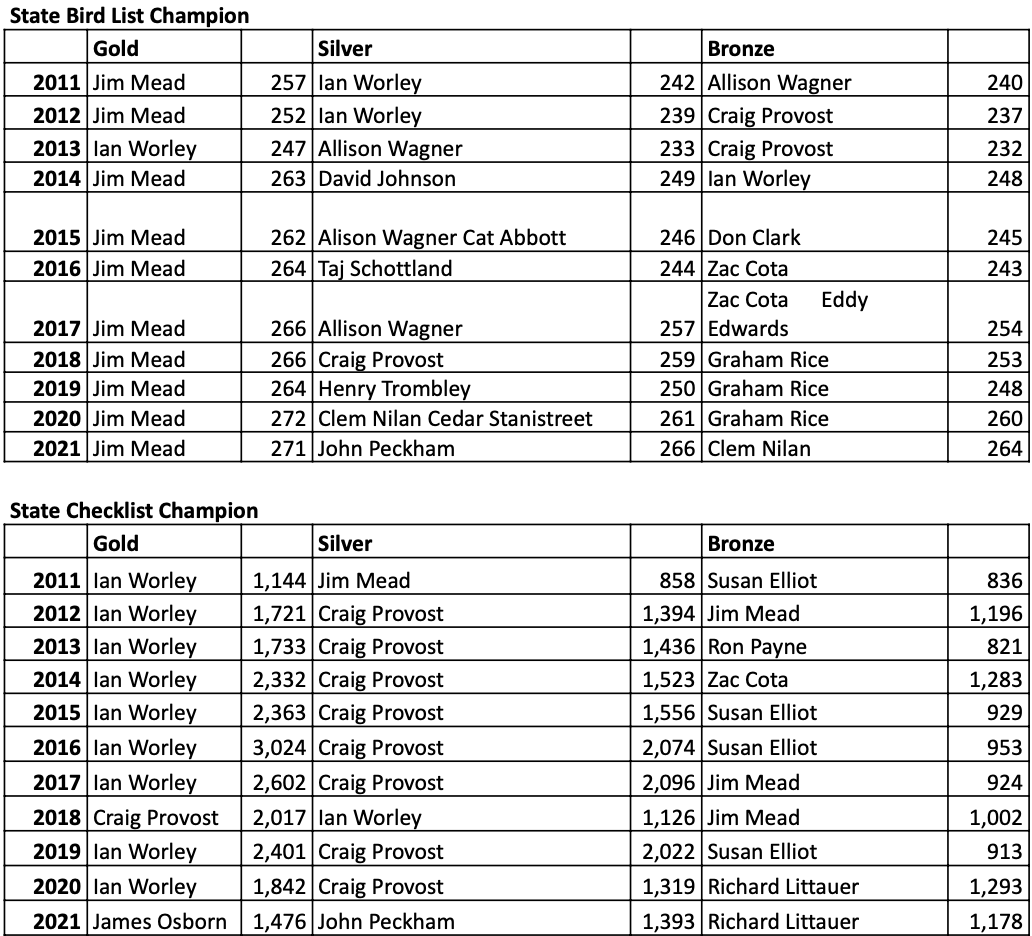
The County 150 Club
eBirders who identified 150 species or more in a county are inducted into the prestigious “150 Club.” Even in counties with higher avian diversity, a birder must be dedicated and in the field during all four seasons to join this club. 31 Vermont eBirders added their names to the roll in 2021. Check out the 150 Club honor roll to see how you and your birding friends have done.
The Vermont 250 Club
The Vermont 250 Club requires even more dedication. This is a list of eBirders who’ve found 250 or more bird species in Vermont during one calendar year and reported them to Vermont eBird. To complete this, birders have to find about 90% of the species found in Vermont in any given year. Jim Mead has passed 250 species 10 times as of this year! New additions to the 250 Club this year include Jacob Crawford, Jon Erickson, John Peckham, and Allan Strong.
Cat Abbott (2018)
Zac Cota (2017)
Jacob Crawford (2021)
Eddy Edwards (2017)
Jon Erickson (2021)
Bill Mayville (2017)
Mae Mayville (2017)
Jim Mead (2011, 2012, 2014, 2015, 2016, 2017, 2018, 2019, 2020, 2021)
Clem Nilan (2018, 2020, 2021)
John Peckham (2021)
Craig Provost (2018)
Graham Rice (2018, 2020)
Cedar Stanistreet (2020)
Allan Strong (2021)
Henry Trombley (2019, 2020)
Alison Wagner (2017)
You can see the entire ranked list for each year by visiting the Vermont eBird Top 100.
New Birds and New eBird Reviewers
2021 saw the addition of some new friendly and feathered faces to both the Vermont Bird List and the list of Vermont eBird reviewers. Starting with our new Vermont eBird reviewers, we’re thrilled to welcome Jacob Crawford and Nick Tepper to the Vermont eBird review team. These accomplished and experienced birders will be assisting Ian Worley in reviewing reports from Vermont’s most populous county, Chittenden. Jacob grew up in Jericho, VT and has been interested in birds and nature since he was 12 years old. Currently a student at the University of Vermont studying Wildlife and Fisheries Biology, Jacob has built up extensive experience birding in the Champlain Valley over the past few years, and you can certainly expect to find him at Delta Park IBA on a spring morning. Nick is a skilled birder and naturalist who caught the birding bug while studying at the University of Vermont. While he may primarily bird in his home state of Massachusetts, Nick has spent considerable time birding throughout Vermont and has a special fondness for wandering through the woods at night in search of owls. Jacob and Nick, under the tutelage of Ian Worley, will provide their knowledge and expertise as monitors of eBird data quality and ambassadors to the Vermont birding community, so keep an eye out for an email from them if you happen to find a rare bird in Chittenden County!
Speaking of rare birds, Vermont had more than its fair share of new additions to the state bird list this year. From tropical hummingbirds to oceanic alcids, Vermont birders turned up some truly spectacular species this year to bring the state list up to 390 species.
Windsor County was, somewhat surprisingly, the hub of new species this year in Vermont, with 3 of the 4 first state records showing up in Woodstock, Hartland, and Royalton. While new state records are always surprising, two species were either expected or long overdue to occur in Vermont. The first of which being the Little Egret, a species very similar in appearance to the more common Snowy Egret, but native throughout the eastern hemisphere and rarely but regularly occurring in the western hemisphere. With several reports of multiple individuals over the years in coastal Maine and New Hampshire, it seems it was only a matter of time before an individual hopped over into Vermont. On July 7th, 2021 when a trio of small egrets was discovered on the White River near Royalton, the initial excitement around the discovery of 3 ‘Snowy’ Egrets skyrocketed when further inspection revealed that one was Vermont’s long-awaited first record Little Egret.
While the Razorbill is a species frequently seen in winter on the Atlantic coast, this species rarely makes its way inland; so when several Razorbills were reported from along the St. Lawrence River Vermont birders lined the Lake Champlain coastline in the hopes of spotting this rare visitor making a push inland. These efforts paid off, and among several Razorbills that were spotted from various points along the lake, one individual hung around the Champlain Bridge to the delight of many birders who were able to see this first state record.
One of the more unexpected new state birds of 2021 was a Bell’s Vireo discovered by Kyle Jones during a fall stroll along the Ottauquechee River Trail in Woodstock. Normally found in the Midwest and Southwestern US, this species has a habit of turning up seemingly at random in New England, though never before has one been reported in Vermont. Lastly, a few weeks before the Bell’s Vireo showed up, Windsor County hosted a different and even more unexpected state first. A homeowner in Hartland was visited by a stunning Mexican Violetear which, as its name implies, should not be anywhere near Vermont! While this species does vagrate north of its expected range from time to time, there are only a handful of records in the Northeastern US. This stunning species is the 3rd species of hummingbird on the Vermont bird list, and was even witnessed interacting with (and being harassed by) Vermont’s native hummer, the Ruby-throated Hummingbird.
Vermont’s 1st Mexican Violetear sips from a hummingbird feeder at a private residence in Hartland. © Nathaniel Sharp
Congratulations to everyone for a fun year of birding! We hope some of you will vie for top honors in 2021. You can follow the scoreboard all year long and see where you rank. Even if you come up short, all of the data collected in Vermont eBird is valuable for science, education, and conservation. Learn how to make eBirding your New Year’s resolution in 2022. Best of luck eBirding!
Thank You to All our Volunteers, Collaborators and Sponsors!
We’d like to thank the volunteer data experts that help us keep Vermont eBird data strong – Zac Cota, Jacob Crawford, Sue Elliott, Kyle Jones, Craig Provost, Nathaniel Sharp, Nick Tepper, and Ian Worley. Every record entered into Vermont eBird is checked for accuracy, first by automated filters that flag unusual records, and then by expert reviewers who devote their personal time to ensure that your lists and the eBird database are as accurate as possible. Additionally, Ron Payne, and Ian Worley are hotspot editors for Vermont. If you run into them while out birding, let them know you are thankful for their hard work and contribution behind the scenes at Vermont eBird.
And finally, thank you to all of Vermont eBird collaborators and sponsors that help make Vermont eBird a special place.
